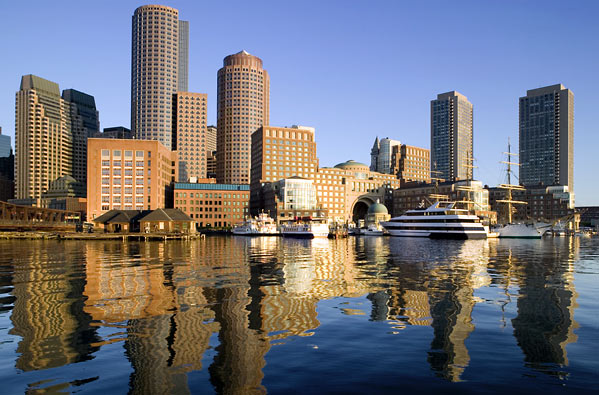The following information was released by the Executive Office of Energy and Environmental Affairs (Massachusetts):
Governor Deval Patrick today proposed a resolution at the New England Governor's Conference that passed unanimously and will advance the process towards a coordinated regional procurement of renewable energy. Assistant Secretary of Energy Steven Clarke presented the proposal at the Burlington, Vermont conference on the Governor's behalf.
The six New England states agreed today to release a request for proposal (RFP) in 2013 for a significant amount of renewable energy. Taking advantage of economies of scale and market power, a competitive, coordinated regional procurement of renewable energy will help New England develop its vast, homegrown, renewable energy resource more cost effectively, enhance energy supply diversity, reduce greenhouse gas emissions and stimulate economic development.
This resolution charges The New England States Committee on Electricity (NESCOE) with developing and implementing a work plan on behalf of the New England Governors that will result in the release of an RFP for renewable energy in 2013. NESCOE will convene a procurement team of the top energy officials and other representatives from each state that will finalize the details of the competitive, coordinated, regional procurement over the course of the next year.
"The Massachusetts clean energy revolution is well underway thanks to leadership from Governor Patrick and the legislature, and I look forward to working with my counterparts in the other New England states to further the New England this revolution" said Energy and Environment Secretary Rick Sullivan. "We launched our own version of a competitive procurement for renewable energy here in Massachusetts thru Section 83 of The Green Communities Act, which was very successful - requiring utilities to enter into long-term contracts with the developers of renewable energy projects, in order to help them obtain financing and it could also serve as an effective model for regional procurement".
This resolution is the culmination of years of rigorous analysis and policy development led by NESCOE on behalf of The New England Governors. In September of 2009, the New England Governors adopted the New England Governors' Renewable Energy Blueprint which included technical analysis conducted by ISO New England (ISO-NE), and identified significant renewable energy resources in and around the region. It also included policy analysis that identified the potential for New England states to coordinate competitive renewable power procurement. According to a wind energy study conducted by ISO-NE in 2010, offshore and onshore wind energy alone could provide more than 12,000 MW of electricity, enough electricity to supply 24 percent of the region's electricity demand.
Governor Patrick has set ambitious goals for renewable energy: 250 MW of installed solar power by 2017 and 2,000 MW of wind energy by 2020. Governor Patrick also signed into law in 2008 The Green Communities Act, Global Warming Solutions Act, and Green Jobs Act.
The Green Communities Act, a comprehensive energy reform bill, accelerated the increase of renewable energy required of all electricity suppliers, rising from 4 percent of sales to 15 percent by 2020, and set a goal of 20 percent of all electricity coming from renewables by that time. The Global Warming Solutions Act requires the Commonwealth to reduce emissions of greenhouse gases by 25 percent by 2020, and by 80 percent by 2050 - the most ambitious greenhouse gas targets for any single state in the nation. The Green Jobs Act created the Massachusetts Clean Energy Center (CEC) which is dedicated to accelerating the success of clean energy development and implementation, while creating high-quality jobs and long-term economic growth in Massachusetts.
These measures laid the foundation for Massachusetts' clean energy revolution. According to a 2011 CEC report, there are now more than 64,000 clean energy jobs, and over 5,000 clean energy companies in the Commonwealth. Massachusetts has experienced one of the most rapid growth rates in the nation for its installed wind energy capacity, growing more than tenfold since Governor Patrick took office, to over 60 MW currently installed. The Massachusetts solar sector has also grown explosively during the same time period, with 118 MW currently installed and well on the way towards Governor Patrick's 250 MW solar energy goal. Massachusetts celebrated another clean energy milestone last week with the 100th municipality becoming a Green Community.


No comments:
Post a Comment